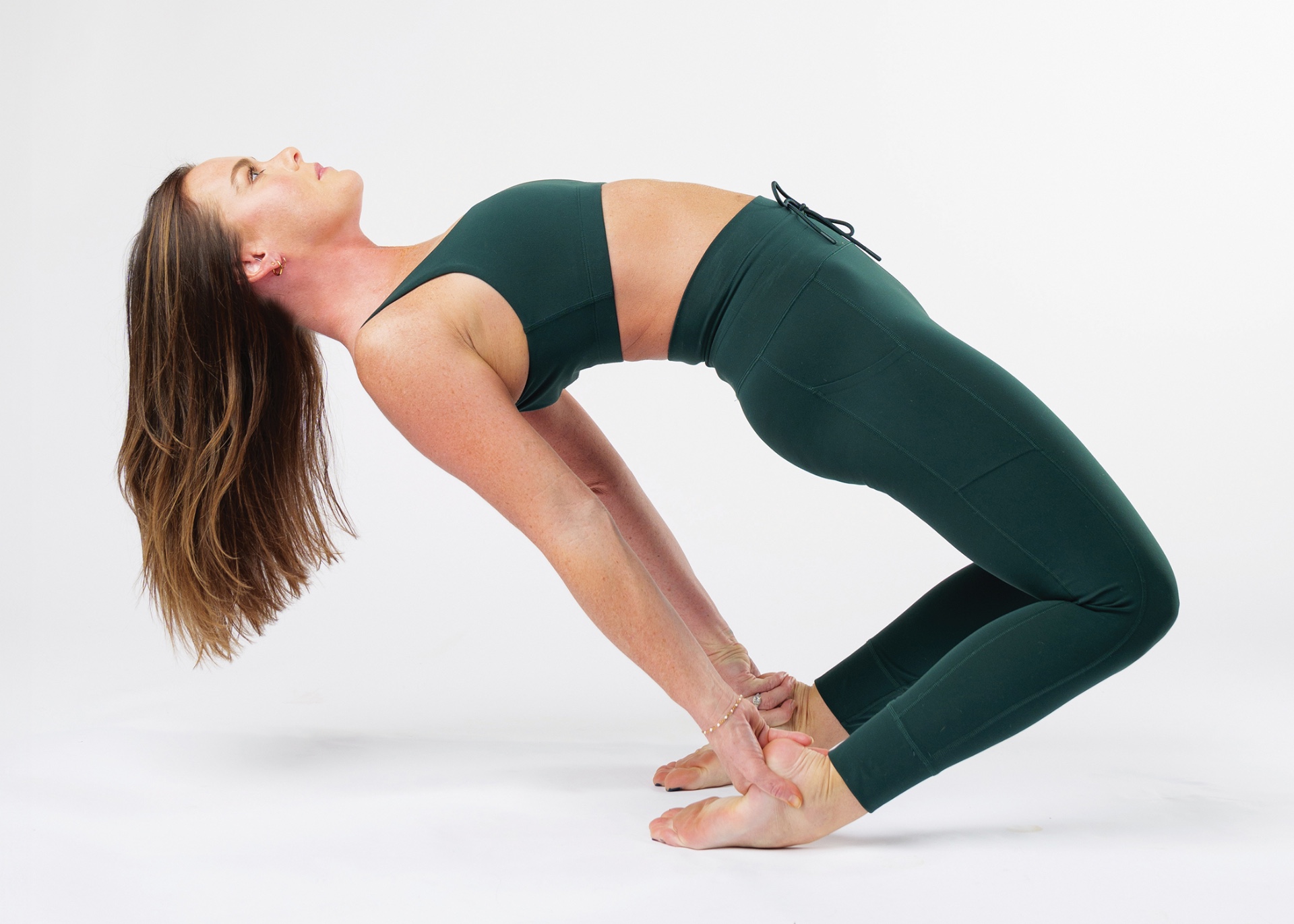
Keep up with the latest news and be part of our weekly giveaways and airtime sharing; follow our WhatsApp channel for more updates. Click to Follow us
Yoga, an ancient Indian practice, has been revered for centuries for its numerous physical, mental, and emotional benefits. One of the most significant advantages of yoga is its ability to increase flexibility, range of motion, and overall physical fitness. In this article, we’ll delve into the benefits of yoga for flexibility and explore how this ancient practice can transform your body and mind.
How Yoga Improves Flexibility
- Increased Range of Motion: Yoga helps to lengthen the muscles, tendons, and ligaments, increasing flexibility and range of motion.
- Reduced Muscle Tension: Yoga relaxes the muscles, reducing muscle tension and allowing for greater flexibility.
- Improved Joint Mobility: Yoga helps to lubricate the joints, improving mobility and reducing stiffness.
- Enhanced Muscle Balance: Yoga strengthens the muscles, improving muscle balance and reducing the risk of injury.
Benefits of Yoga for Flexibility
- Improved Posture: Yoga helps to improve posture by increasing flexibility and strengthening the muscles that support the spine.
- Reduced Injury Risk: Yoga reduces the risk of injury by improving flexibility, balance, and coordination.
- Enhanced Athletic Performance: Yoga improves flexibility, balance, and coordination, enhancing athletic performance and reducing the risk of injury.
- Reduced Stress and Anxiety: Yoga reduces stress and anxiety, promoting relaxation and overall wellbeing.
Best Yoga Poses for Flexibility
- Downward-Facing Dog: Stretches the hamstrings, calves, and spine.
- Warrior Pose: Stretches the hips, thighs, and ankles.
- Triangle Pose: Stretches the hips, thighs, and spine.
- Seated Forward Fold: Stretches the hamstrings, calves, and spine.
- Cobra Pose: Stretches the chest, shoulders, and upper back.
Tips for Starting a Yoga Practice
- Find a Qualified Instructor: Look for a yoga instructor who is experienced and qualified.
- Start Slow: Begin with gentle, beginner-friendly poses and gradually increase the intensity.
- Listen to Your Body: Honor your body’s limitations and take regular breaks.
- Practice Regularly: Aim to practice yoga at least 2-3 times per week, ideally with a consistent routine.
Conclusion
Yoga is a powerful tool for improving flexibility, balance, and overall physical fitness. By incorporating yoga into your routine, you’ll experience numerous benefits, from improved posture and reduced injury risk to enhanced athletic performance and reduced stress and anxiety. So why not give yoga a try? Find a qualified instructor, start slow, and listen to your body – your flexibility and wellbeing will thank you!
Please don’t forget to “Allow the notification” so you will be the first to get our gist when we publish it.
Drop your comment in the section below, and don’t forget to share the post.







